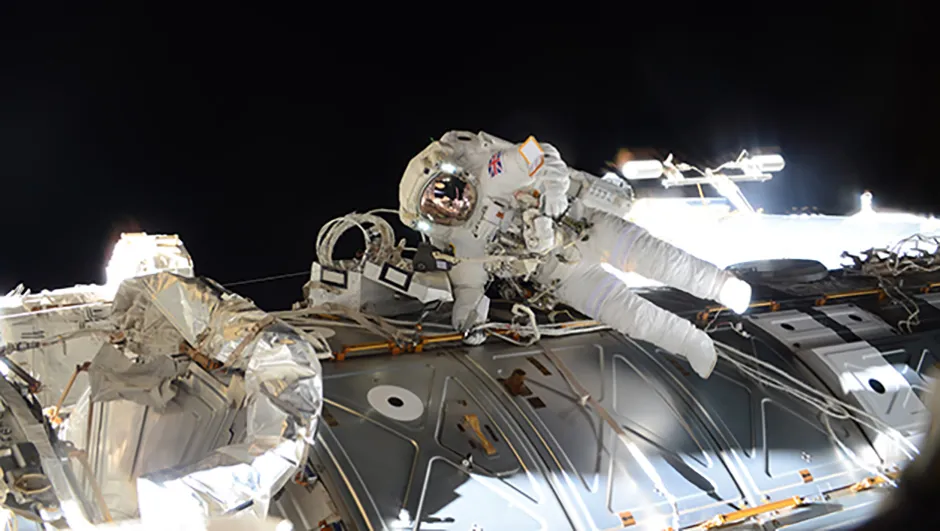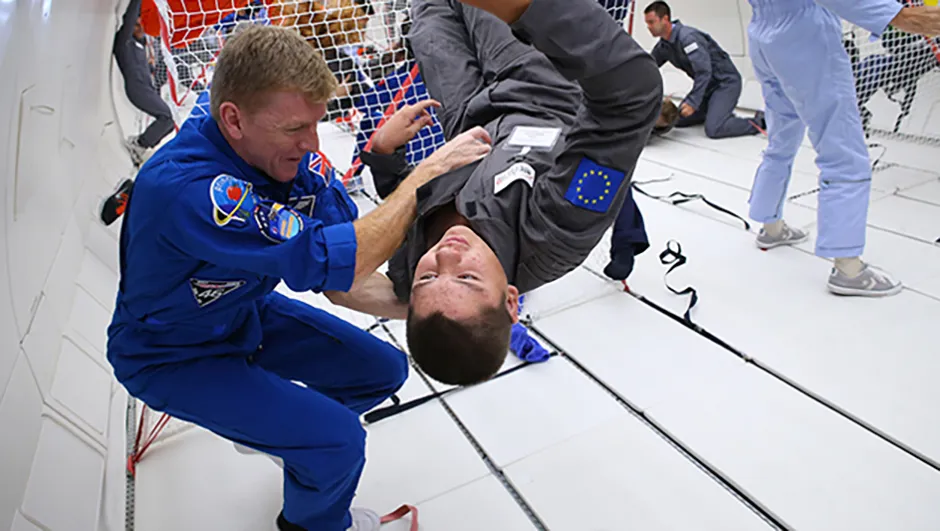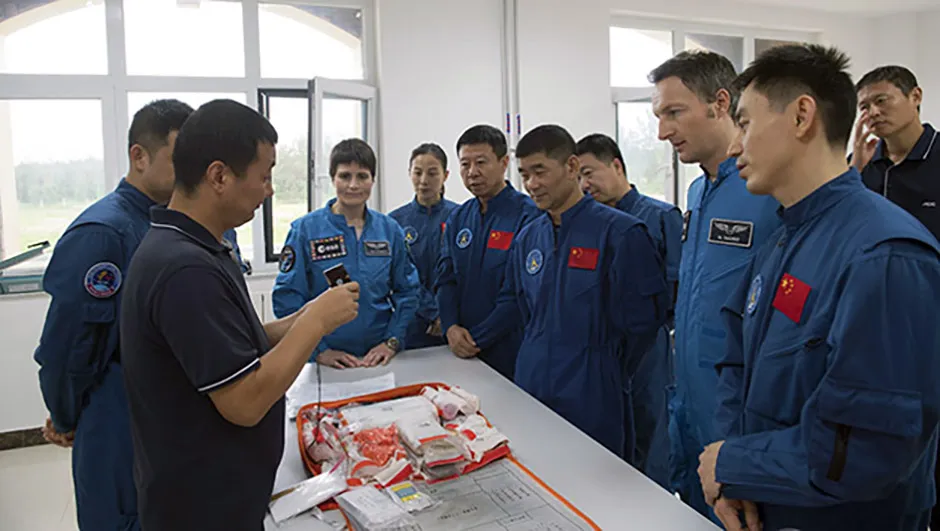It is now two years since British ESA astronaut Tim Peake strapped into a Soyuz rocket in December 2015 with his two crewmates Tim Kopra and Yuri Malenchenko.
Launching from the Baikonur cosmodrome in Kazakhstan, the three reached Earth orbit before docking with the International Space Station, 400km above the Earth.
What followed was Peake's six-month Principia mission, as part of ISS Expedition 46/47 during 2015-16.
His mission time included a four-hour spacewalk, docking a resupply freighter with the station’s robot arm, work on over 30 science experiments, anda major outreach programme of inspirational activities for the UK public.

Next mission
But what are the prospects for Tim’s next ISS mission, now that every one of the original group of six 2009-intake ESA astronauts has completed their ISS mission slots?
Speaking toBBC Sky at Night Magazineat the European Astronaut Centre in Cologne at the end of November, he said he was now Astronaut Operations Team Lead at the home of European astronaut training.
However, his future work will not just be all about supporting the 10 operational ESA astronauts from the ground.
He is scheduled for another spaceflight.
In January 2017, ESA’s DG Jan Woerner confirmed that Peake was due for a second mission to the ISS.
The UK is the fourth largest ESA contributor and is now closely involved in ISS science experiments.
What of the timing for Peake's next slot? He notes that currently ESA astronauts visit the station one to two times per year and each mission requires about two and a half years preparation and training time.
Following Luca Parmitano’s current Vita mission, Alexander Gerst will fly in 2018 and Luca Parmitano in 2019.
Therefore, the realistic earliest date for Peake's next mission would be at least mid-2020.
This would follow from the 2019 ESA Ministerial meeting agreements and, of course, would fit in to the pre-2024 programme for ISS utilisation.
Astronaut mission allocation procedure is, of course, subject to detailed ESA plans, ISS partner arrangements and wider UK government funding.

New spacecraft possibilities
Following the retirement of the US space shuttle in 2011, NASA, ESA, Canadian and Japanese astronauts have flown to the ISS aboard Russian Soyuz capsules.
But US plans are moving on. Two new orbital spacecraft are about be tested during 2018 via commercial agreements: the Boeing CST-100 Starliner capsule that will use an Atlas launcher and the Space X Dragon V2 spacecraft with its Falcon 9 part-reusable booster.
Both of these have up to seven-seat cabins for Earth orbit access.
ESA astronauts are expected to access the ISS via NASA barter agreements in the future. Peake’s considers that his next flight could be in a seat on one of these two US vehicles, rather than in the Soyuz again.

ESA missions of the future
ESA is joining with NASA for Deep Space Gateway (DSG) operations, providing the emerging four-seat Orion spacecraft crew possibilities for the proposed modular station that will orbit the Moon in cislunar space sometime after 2025.
The international return to the Moon, perhaps involving the establishment of a 'Moon Village' as proposed by ESA, may then lead on to joint Mars operations for the 2030s and beyond.
Is Peake too old for missions for the medium /long term? Even at 45 years old, it appears not.
Astronauts can fly into their late 50s and by example ESA’s Paolo Nespoli, currently in orbit, is now 60 years old.
Peake could therefore join ESA human missions perhaps up to the early 2030s.

China joint work?
ESA is collaborating with China’s National Space Administration as part of a 2015 agreement.
ESA astronauts Samantha Cristoforetti and Matthias Maurer linked up with Chinese astronauts in August 2017 fornine days of sea survival training off China’s coastal city of Yantai.
Following the Tiangong 1 and 2 experimental space stations, China is working up a new larger modular station for post-2020.
This may provide ESA astronauts access for orbital research in the 2030s.
If all goes well for Tim Peake, a second mission after 2020 via a US spacecraft to the ISS, or even to the Deep Space Gateway, is looking very much like a possibility.